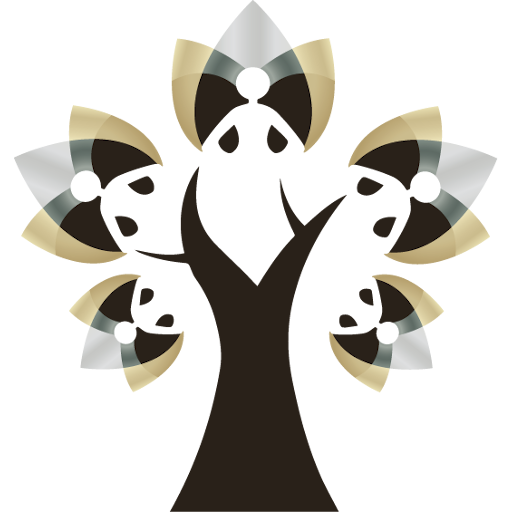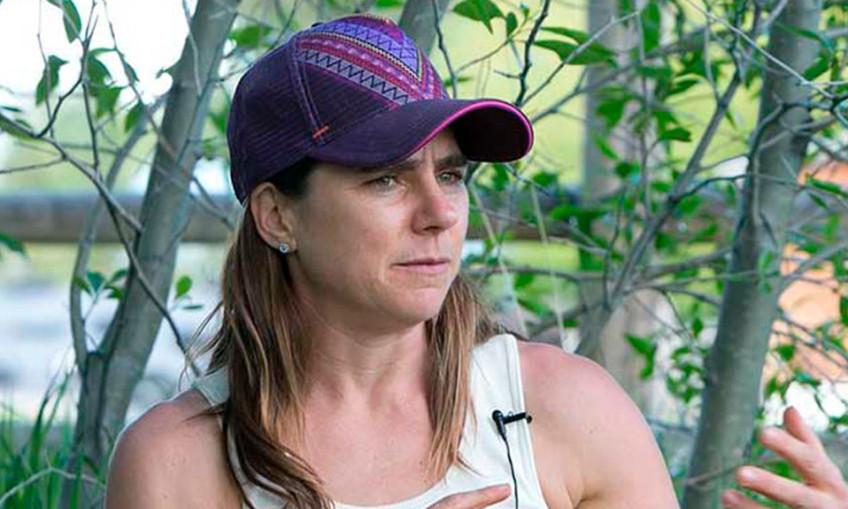Worldly and Spiritual Fulfillment and the Nature of Dharma with Rod Stryker

“If you always nurture Dharma, Dharma will always nurture you.”
– Katha Upanishad
In the drama of modern-day hyperstimulation and overwhelm, we can easily lose track of our dharma, our soul purpose. In our modern world — rife with Vata aggravations, including too much information and too many stimuli for our sense organs to process — it’s a wonder we even get dinner on the table.
As a modern species, we’re moving toward more mass confusion, not more mental clarity. Amidst this chaos, modern guru Rod Stryker provides sane, sound, and innovative insight into realizing purpose.
Rod is the founder of ParaYoga® and the author of The Four Desires: Creating a Life of Purpose, Happiness, Prosperity, and Freedom. He has taught for more than 35 years, dedicating his life to improving others’ lives through his lectures, writing, creativity, leadership, and service. He is known for not only his profound knowledge and wisdom, but also for his ability to translate ancient teachings to the practical modern world.
So, what is the key to awakening to your dharma? Have a strong enough desire to pursue it. Bestir your desire: read on to find out about the nature of your dharma.
Dharma and Spiritual vs. Material Fulfillment

However, according to Vedic wisdom, material fulfillment is not bad or wrong: material success is actually a vital part of life, and makes life richer and more abundant. Yoga and meditation can only bring so much fulfillment, and then that spiritual path must translate out into the world to create a more dynamic and fulfilling life experience. So, both types of fulfillment should be pursued in earnest, and in fact cannot be separated.
Dharma ≠ Profession
Our worldly purpose, our dharma, has to come out of our spiritual experience, and ultimately express itself in the material world. While many people assume that dharma is equivalent to profession, Rod makes a strong differentiation between the two: dharma is not what you do or how you make a living. It is expressed through what you do professionally, but also through how you show up as a parent, a friend, a citizen, and even a dog owner. Your dharma always stays the same, but manifests in different ways throughout your life. The world is constantly changing, and we should be too: we should not stay stagnant in one paradigm for too long, even if we have been successful in it for a period of time. Instead, we should be constantly evolving with what our next call is, what our next expression of dharma might be.
The Innovative Nature of Dharma
Dharma consistently leans toward innovation and evolution, which actually parallels the nature of the human brain. According to modern neuroscience, the natural rhythm of the brain is exploration: it has an expansive capacity to create new associations, and its normal function is to constantly seek new ideas, understanding, and innovation. But when we are out of sync with our mind and body, the brain’s innovation becomes cloudy, and we revert to old patterns.
Exploring vs. Exploiting the Brain
The brain can either operate in exploration or exploitation mode. While neuroscience illustrates the brain’s innovative capacity, it also shows us that under stress, the brain falls into Exploitation Mode and recirculates old information, causing us to relive old patterns and mistakes.
The good news is that there are ways to combat exploitation mode and take advantage of your brain’s natural tendency toward exploration:
- Yoga and Meditation: these practices establish a stillness that creates a spaciousness in the brain, allowing for breakthrough creativity and new ways of thinking. By pursuing both practices, you can take complete advantage of our brain’s explorative capacity.
- Create a protocol: in order for you to do anything with this new capacity, you must be attentive to how you will use the spaciousness you create through these practices. Otherwise, the brain will still default to its old patterns.
- Use modern technology wisely and sparingly: we have great tools available to us today that allow us to connect with people from around the world and do things we never could before, but we are also bombarded with too much information in day-to-day life. By creating space with meditation and yoga, and staying away from nonessential screen-time, we can continue to take advantage of the brain’s Exploration Mode.
Identify the vikalpa that blocks your Ray of Dharma
In addition to taking advantage of your brain’s natural plasticity, you can also grow in your dharmic path by identifying your dysfunctional default: don’t just pay attention to the light of your Dharma, your specific Ray of the universe’s light, but also the darkness that keeps us from expressing it.
What is that fear, that sabotage desire, that thought construct that limits you from your potential? By giving it a name, you become aware of how it takes control when left to its own devices.

Allow Dharma to Innovate
Once we have figured out our Dharma and what works for us, we may become complacent. But in order for out Dharmic expression to grow and evolve, we must continue to lean into our desires. Ask yourself who you need to become next to step into your inspiration, the next incarnation of your dharma. Efforting and identity evolution need to happen before a breakthrough, and you can (and should!) experience multiple breakthroughs throughout your Dharmic journey.
In closing, Rod sheds light onto vedic teachings which suggest that “if you live a successful life, but you’re not in-line with your individual dharma, you won’t be happy…. and if you live a reasonably successful life, and you’re aligned with dharma, you will be.” Serve the edge of self-mastery, and live your life in the best way possible.
Listen to the podcast here.
About Rod

Renowned for his depth of knowledge, practical wisdom, and unique ability to transmit the deepest teachings to modern audiences, Rod is a leading spokesperson for living a life of purpose, fulfillment, and freedom on two fronts. On one, he offers accessible wisdom and practices to wide audiences — those who simply want to live more joyfully and effectively. He’s also a leading authoritative source for experienced students and teachers of Yoga and meditation. Rod is a mentor to hundreds of teachers and thousands of students worldwide.
















Comments
No comments yet, be the first to comment